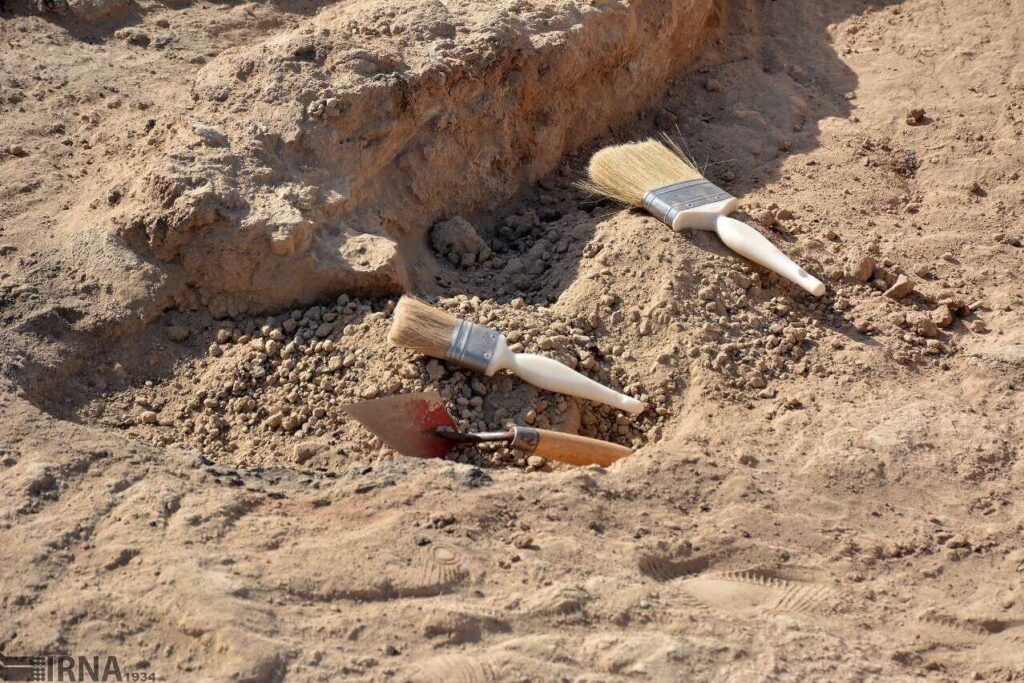According to state heritage, Tehran-Iranian archaeologists in Markazi Province have discovered prehistoric settlements dating back to the late Neolithic and White Stone Ages.
Hossein Mahmoudi, deputy director of the state’s Cultural Heritage, Tourism and Handicrafts, announced that the newly identified site provides valuable insight into early human habitation in the area.
“The site, located southwest of Maharat, provides clear evidence of human habitation during the late Neolithic and Kalkolhisic periods,” Mahmudi told Mehr news agency. “The discovery highlights the transition from the Neolithic period to the Calcolithic period, which is estimated to have occurred between 5200 and 4500 BC.”
One important finding at this site is the presence of red pottery, attributed to the Cheshmeali cultural site (located in southern Tehran), a hallmark of the late Neolithic to early Calkolithic transition. This type of pottery is an important cultural indicator in prehistoric Iranian archaeology.
Mahmoudi highlighted the cultural changes that took place during the Calkolithic period (from 4500 to 3000 BC), and showed a major evolution of human lifestyles, particularly with the introduction of copper metallurgy and the use of Potter wheels.
“The Calcolithic period represents a pivotal stage in human development, leading to technological and social changes that distinguish it from the early Neolithic period,” he explained.
More analysis is currently underway, according to Mahmoudi.
As officials have stated, the finding adds a new layer to an understanding of Iranian ancient history and highlights the importance of the region in early human development.
morning

